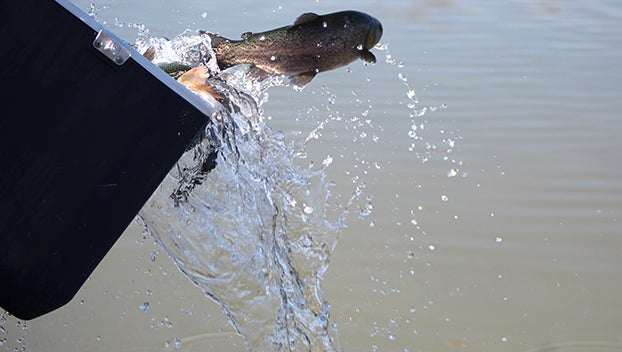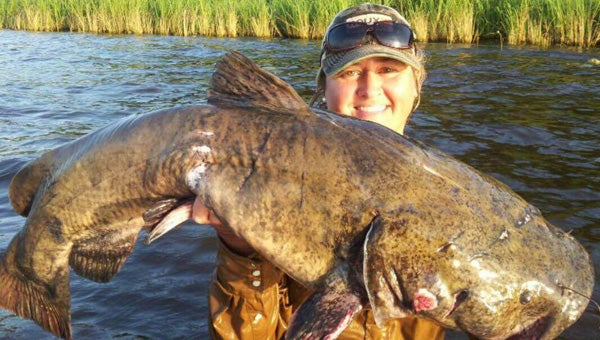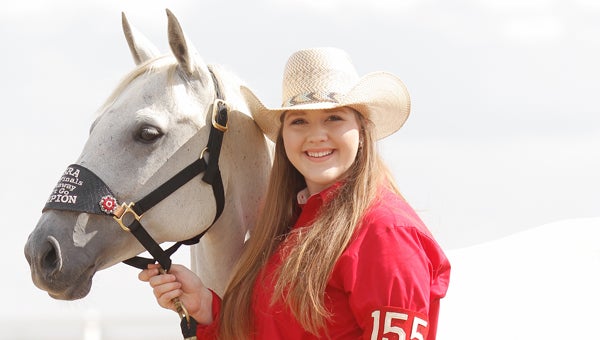April got off to a slow fishing start
Published 12:01 am Sunday, April 14, 2013
April kicked off a bit on the slow side as far as fish activity. March was like that. The fish were on and off — more off than on in March.
We had so much rain in January and February that our lakes flooded. The bass and white perch moved up in mid-February as usual in preparation for the spawn, but the major spawn did not happen.
Some bass and perch may have spawned in February, but we never saw a lot of fish move up at once. In late February, the water level began to drop with the weirs working overtime. Back-to-back cold fronts held the water temperature at bay as well.
We needed 57- to 58-degree water for five or six straight days, and that never happened until mid-March. These factors made this one of the strangest late winter/early springs I have ever fished in this area. It was like the spawning flats were vacant when they should have been loaded with fish.
There were no bait fish on the surface. There were no blue herons feeding in the shallows, and the big bull frogs were not croaking. While the calendar may say it’s officially spring, Mother Nature says it is not.
One week into this month, things began to change real fast. The order of spawn, according to the studies, goes something like this. Of course this time and order is very geographical and applies just to our area. In mid February, the largemouth bass begin to cruise the spawning flats if the water temperature is 57 or above for several days. At the same time, the male white perch are moving up to build a nest. When the bass and white perch spawn winds down, the bream come along and do their thing.
The bream usually move up in mid-April or when the water temperature hits 72 or better for several days in a row. Just before the bream spawn is over the catfish spawn. In between all this, the threadfin and gizzard shad will spawn several times.
Well, this year I have witnessed things that have me and many others puzzled. I noticed several sets of yo-yos, up to five or six dozen yo-yos to a set, and all were very busy loaded with catfish. According to the studies and all I have learned from a lifetime of fishing with no other hobbies, this was not supposed to happen. I spoke with the fisherman that had one set out that I saw on Lake St. John with a catfish hanging from every one of these mechanical fishing devices just the other day. He said they were all male catfish, and he had harvested right at 400 catfish. That means, by now, the females are on the beds.
So we have the catfish spawning, the bream yet to spawn and the white perch and bass spawn was so sporadic and spread out, I am really not sure we had a very good spawn at all. I think that’s where the term fishing — and not catching — came from. When you are fishing, you are looking for a bite. When you get the bite you are catching.
Obviously, this year, the game fish did not read the studies, and the thousands of articles written on this subject left most of us “fishing” and not catching. Getting away from all the negatives, there are some good things happening in the fishing world right now. The cold fronts have lost their punch. We had a few days with highs in the 80s. Good reports on the white perch are pouring in from the Black River/Horseshoe Lake complex as well as the Saline/Larto complex.
The bass fishing is still a mystery. The largemouth should change whatever weird mode they are in as of now. Once the water temperature hits 70 degrees and stays above 70, we can pattern the fish, and the pattern will last more than a couple of days.
For now, the Crawgator Jig rules the local tournament scene, and the soft plastic lures are catching the numbers. The Crawgator jig draws fewer strikes than soft plastic lures, but the strikes you get while jig fishing are usually from larger fish. With most bass tournaments imposing a five-fish limit, the five bites you get on a jig usually outweigh five bites you get on any other lure type.
This column gave me a migraine. Hopefully, April will be more stable, and the fishing more predictable because it sure can’t get any worse.




